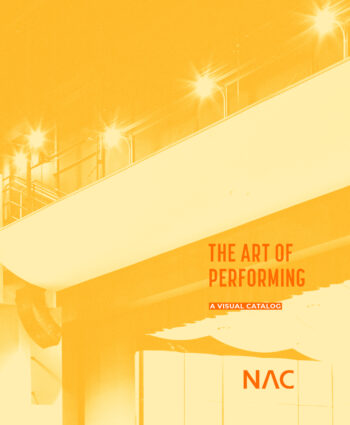The Art of Performance
“We do not learn from experience, we learn from reflecting on experience.”
— John Dewey
Performing Arts Design is complex. Every space has a myriad of technology, acoustic, and specific functional requirements. As we reflect on our experience designing these facilities over the past few decades, there’s a number of important design characteristics that rise above the rest. Each space is governed by spatial and volumetric qualities that allow every component of the space to support the performers.
The flow of a performance is critical and relies on intelligently designed and located “back of house” spaces such as dressing rooms, green rooms, scene shop, including appropriately located and sized doorways and access points to the stage to allow for actors, musicians, and props to move as needed throughout a performance. The actual performance space is only as good as the back of house spaces that allow it to function in an optimal way.
Lastly, performing art spaces should be inspirational. They should spark curiosity and generate excitement – the perfect warm-up for the real event that is about to take place on stage.
Please click below for a visual catalog of our high quality performance spaces.

